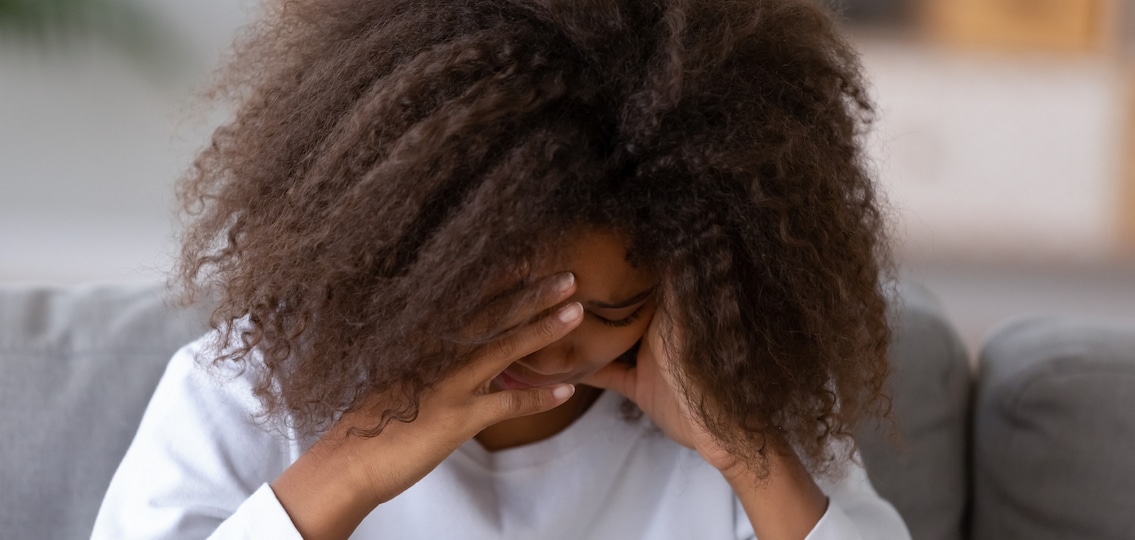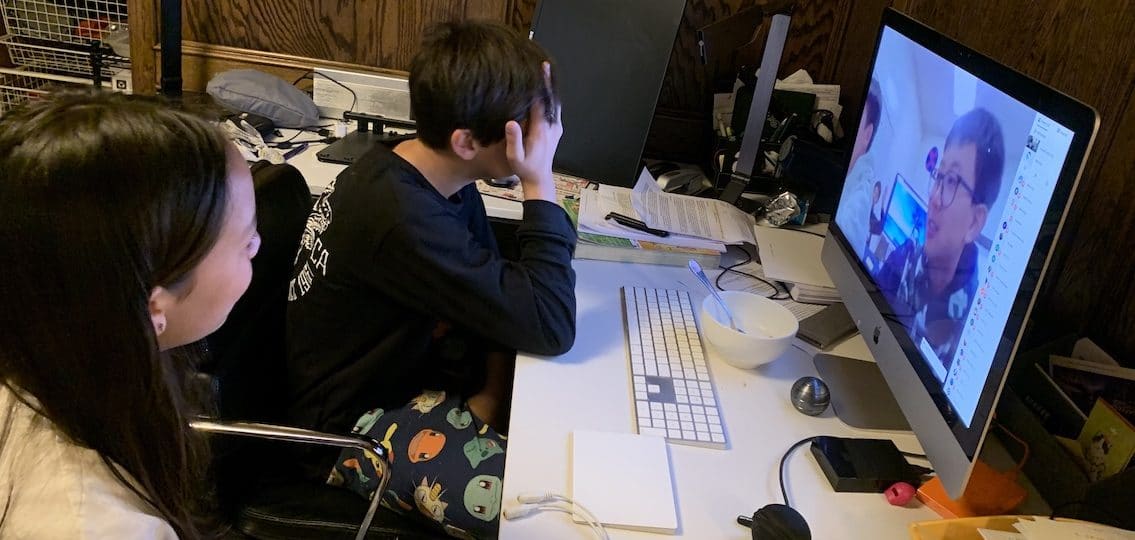Flattening the Second (Hidden) Curve: Taking Care of Our Mental Health
In this unprecedented crisis, our collective health is clearly the top priority, and social distancing will serve to flatten the curve. All we need to do is stay home, wash our hands, and apportion resources wisely. Doesn’t seem like a lot to ask to manage a pandemic and save each other’s lives.

But just behind this curve is a second one that reflects a shift in our collective well-being. Based on my experience and that of my colleagues, this second curve is already taking shape, in the form of a spike in anxiety, depression, and mental and emotional distress.
Beware the Second Curve
For some of the teens, tweens, and families I’ve talked with, it’s a nearly imperceptible quiver in the voice, a half-step quickening in speech. For others, the response is reflective of an underlying sense of foreboding and terror.
“It’s like the beginning of a horror movie. I know things are going to be awful in a way I can’t even picture. I don’t know how to process that, where to put it in my brain so I can calm myself,” says one 16-year-old boy.
As one teenager I work with pointed out, we were collectively post-traumatic in previous crises, citing 9/11 as an example. We were reacting. Now, we are effectively pre-traumatic, waiting for the awful things to start happening and not knowing where or when they will arrive.
And then, of course, there are losses some of our kids are already grieving, like graduation, prom, a sports season, or senior trips. And worse, there may be grief at the loss of people they love and fears for the safety of others.
Clearly, we will need to have some protocols in place to bolster our long-term emotional well-being.
Parenting Challenges
As parents, we have a number of challenges before us. The first is trying to explain to kids that those ordinary, everyday things they have been doing their whole lives—playing in groups, going to parties, even attending school—are now dangerous, even life-threatening. This alone is a difficult concept for kids to wrap their brains around.
Second, we are faced with this uncertain purgatory. We don’t know how long the quarantine period will last, but we all need to find ways to adapt to new temporary norms while we wait. And this is anxiety-provoking, depressing, boring, and frightening all at once. Laying out a plan for the day, creating a new temporary normal, will prove essential here.
But we also need to keep an eye toward the future. We are, in effect, going to be helping our kids manage post-traumatic fallout on the back end of this situation.
Finally, in the very long run, we are all going to need to back out of the obsessive and compulsive behaviors we have been encouraging: the vigilance, the handwashing, the distancing, the disinfecting. At some point, we will need to convince children that they can, to an extent, dial back these behaviors, and this may well prove to be tricky for some.
How Parents Can Help Flatten the Second Curve
So, above and beyond the protocols from the CDC and WHO, what can we as parents do to flatten the second curve, and maintain, as best we can, the emotional well-being of our children, and ourselves?
Check in with your kids regularly.
Create a new temporary normal for you and your family, with scheduled work time, play time, sleep times, and mealtimes. Spend some time playing as a family. I suspect many of us will create some inside jokes and humor to develop resilience to weather the storm.
Encourage your children to talk to you about their anxiety and fear.
Hear them out. Acknowledge their feelings, and do not try to talk them out of feeling that way, even if it’s uncomfortable to hear. Even if one or more of your children seems relatively unaffected by the recent developments or is quiet and unlikely to share their feelings, I strongly urge you to make yourself available to them as well. In my experience, every child is already greatly affected. They need to know that they can talk it through, but it may need to be on their schedule, not ours.
Help your kids look outward.
Let them know what they can do to be helpful beyond social distancing. They can send encouraging cards to nursing homes, buy groceries for elderly neighbors, or raise funds for laid-off workers (all projects my current clients are working on). Kids want an action plan. They function best when empowered with something to do.
Find ways to keep them moving.
I went for a run the other day, maintaining distance rather easily. We need to be creative in keeping our kids moving, playing, and exercising, while keeping all of us safe.
Practice self-care.
As parents, your self-care is also critical. Protect time for exercise and meditation. Turn off the news and the Twitter feed for a while. Play a game. Do a puzzle. Your children will be following your lead. You are setting the tone for the way they take in these events as they unfold.
Get help if necessary.
Do not hesitate to seek out the help of a professional if you or your children need it. Many therapists are finding ways to meet the needs of our clients virtually, so know that help remains available to you and your family.
A Silver Lining
You are going to be physically and emotionally closer to your family in the coming weeks than any of us could have predicted. This is a silver lining beneath the crisis. Spend some time connecting, or reconnecting, with your kids. This is a time to repair damaged relationships and create some common ground in the weeks to come.

We know what we need to do to flatten the primary curve. If we follow through with some of these ideas, we can help flatten that secondary curve as well, and maintain a sense of emotional wellness for our families and ourselves.
The post Flattening the Second (Hidden) Curve: Taking Care of Our Mental Health appeared first on Your Teen Magazine.
